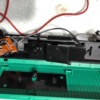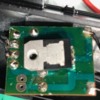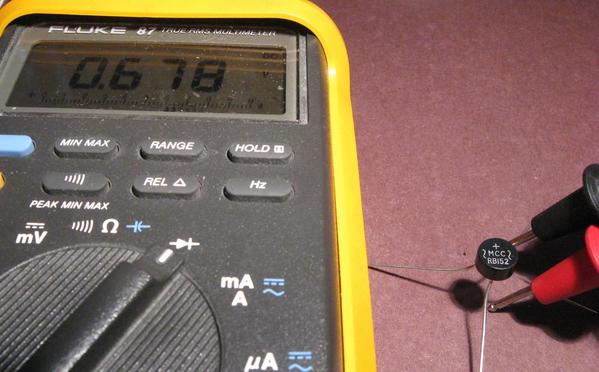Hi,
I have an MTH 30 -79452 log dumper. I am not sure how to bench test it for operation. The littles are blaming one another for dropping it. Trying to sort out if it's the car or the FasTrack activation track.
I have 14v AC track power on that line. I am getting ~ 2.4 volts on the activation rails which is jumpered for track power supply when I push the unload button.
Do I ground the chassis and power to both shoes or ground to one shoe and power to the other to test the car operation?
I don't see anything physically wrong with the car, unless the shock jammed the arm to push the car body up.
Any help would be appreciated.













